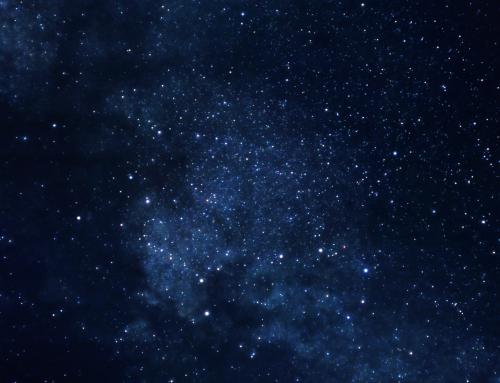Province(s)
Status
Surface
Landscape
Wet Heath Full of Life
You will have a unique experience in Dwingelderveld National Park. In this largest continuous wet heath area of Western Europe, lower-lying gullies and dry sand ridges alternate. And that is very remarkable. This creates an enormous variety of plants and animals. In the wettest parts of the park, species such as cross-leaved heath, cotton grass, and marsh gentian grow, and birds like the stonechat, curlew, and woodlark breed. In the dry areas, you will find heather and hawkweed, a groundcover plant that has lemon-yellow flowers in May and June. A feast for the eyes!
Space for nature
After a period of severe drought, due to land reclamation in the 60s, nature has been given all the space since 2011. The filling of the ditches contributed to this. For example, for the return of heathlands and breeding cranes. Through careful management of fields and grasslands, native plants and animals are developing well. You can especially see this in the Ruiner and Anseres and along the Benderse. Worth a visit!
Drenthe Heath Sheep
What's that rustling? It's the Drenthe heath sheep! Two herds roam the heath with a shepherd. They belong in this landscape and keep the heath open. The relatively small Drenthe heath sheep are still close to nature, require little care, and exhibit a high degree of self-reliance. You can recognize them by their impressive horns, which are found in both rams and ewes. Want to increase your chances of encountering the herd? Visit the website to discover where you should be at what time.

Searching for Stars in the Darkness
Did you know that the Dwingelderveld is one of the darkest and quietest areas in the Netherlands? For more than 50 years, space telescopes from the Netherlands Institute for Radio Astronomy have been located here. The oldest movable radio telescope in the world located in the Dwingelderveld is a national heritage site and definitely should not be missed during a visit to the area. Be sure to check the opening hours beforehand.

Sleeping under the stars
Do you want to have enough time and space for stargazing? Then book a night in one of the stargazing bungalows in Dwingeloo, for example at B&B the Star of Dwingeloo.
Small Farmers and Manor Farms
When people think of Drenthe, they often think of poverty. But alongside small farmers, you will also find manor farms: large farms or estates. These (remnants of) manor farms have splendid names like Havixhorst, Vledderinge, Huis te Echten, Oldenhave, Ansen, Rheebruggen, Oldengaerde, Batinge, and Entinge. The glory days of these manor farms ended in the early 18th century, when the elite increasingly earned their income from trade, industry, and administrative functions. When later on owning a manor farm was no longer a requirement for a role in provincial governance, even more disappeared. One of the few that has been preserved and renovated is the Oldengaerde. Tip: Take the 9-kilometer walk around the estate and bring history to life.

The Star of Dwingeloo
Prefer to explore the area on foot? For walkers, the Dwingeler walks, each named after a planet, are highly recommended!
Experience Drenthe from the bike
Want to experience the unique Drenthe landscape, especially the Dwingelderveld, from the bike? Create your own route via the cycle junction system. Free cycling routes are available at, among others, visitor centers. For adventurous cyclists, there is a real "mountain" nearby. With an average gradient of 10% and a peak at 48 meters high. Here, you can really test your legs. Read here all about the VAM mountain.
Highlights
Count sheep or cycle and walk over a waste mountain
Do you want to visit the park?

Persoonlijk verhaal
Als Hilly Boers wandelt, is er altijd wel iets dat verrast: een plantje dat me opvalt of een grazende ree. De natuur verveelt nooit!

Visitor Center Dwingelderveld
Benderse 22, 7963 RA Ruinen
Do you want to know more about Dwingelderveld National Park?
Discover all the current information on the park's website. From the activity agenda and walking routes to contact details and more.


